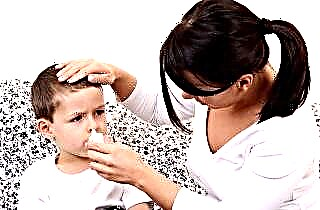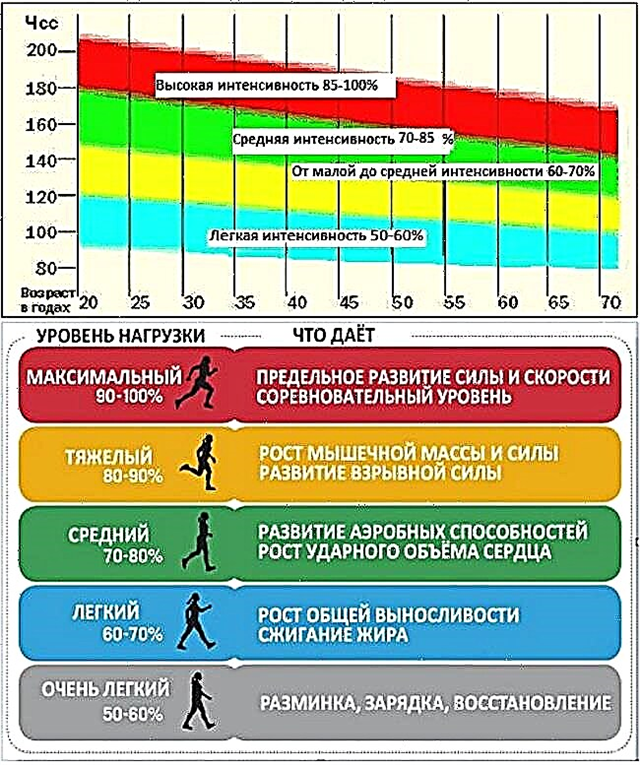Reasons for the appearance
PE can appear both in an absolutely healthy person for no apparent reason, and in someone who suffers from a serious heart disease. Even on inhalation, atrial premature beats can occur in any of us.
The numerous factors that can cause PE are as follows:
- sneezing, sudden movement, fright;
- fairly fast temperature drop: going outside in cold weather, contrast shower;
- stress, neuroses;
- autonomous dysregulation syndrome (neurocirculatory dystonia);
- any physical activity;
- cardiac diseases: coronary artery disease, myocarditis, pericarditis, cardiomyopathy, heart failure, etc.;
- frequent consumption of coffee and "energy" drinks;
- diseases of the digestive system: stomach and duodenal ulcers, gallstones (due to reflex irritation of the nerves of the heart);
- bad habits: smoking, drinking alcohol;
- any infections;
- chest trauma;
- use of medications: many medications can provoke rhythm disturbances, incl. adrenergic agonists, antidepressants, cardiac glycosides;
- hormonal changes - this mainly concerns diseases of the thyroid gland;
- respiratory system diseases - bronchial asthma, chronic obstructive pulmonary disease;
I want to note that the prognosis for life and the appearance of adverse consequences are mainly determined by the nature of the disease (especially cardiac), against the background of which PE has arisen.
Symptoms
The clinical picture of atrial extrasystole can be varied - from an absolutely asymptomatic course to severe hemodynamic disturbances. It all depends on the number of extrasystoles and the presence of organic heart disease.
Single
If a person has a single atrial extrasystole, he often does not even suspect about it, since he feels good, nothing bothers him. Such extrasystoles are detected by chance during a preventive medical examination.
Only occasionally can the second sensations of "fading", "overturning" of the heart slip through. At the same time, the general well-being does not suffer in any way.
Frequent
It is quite another matter when it comes to the number of extrasystoles in excess of 200 per day. The above symptoms occur almost constantly. The person notes the irregularity of the pulse. Feelings of anxiety and fear join. There may be a short-term darkening in the eyes, flashing flies in front of them, dizziness, nausea, difficulty breathing.
Patients who have cardiac diseases develop heart pain, increased shortness of breath, and light-headedness. Loss of consciousness is also possible due to deterioration of the blood supply to the myocardium and a decrease in blood pressure.
ECG signs of atrial premature beats and examples of films
There are several distinctive ECG signs of atrial premature beats:
- premature appearance of a morphologically altered or negative P wave and the next normal (sinus) QRST complex;
- a small compensatory pause after PE in the form of a straight line without teeth and complexes.
It may also be that the electrocardiogram displays the P wave, but the next QRST complex does not. This is called blocked PE. Often, recurrent blocked PEs are confused with sinus bradycardia.
In my practice, I often see cardiograms in which atrial extrasystoles appear with a certain regularity (allorhythmia). There are the following types of allorhythmy:
- bigeminy - PE occurs after each normal QRST complex;
- trigeminia - PE after every second complex;
- quadrheminia - PE after every third complex.
Very rarely, with PE, the QRS complex becomes wide and deformed, which makes it look like a ventricular extrasystole.
Sometimes the shape of the prongs P is not the same in different leads. Then PE is called "polytopic atrial extrasystole". I constantly observe such an ECG picture in patients with long-term smoking history, suffering from COPD (chronic obstructive pulmonary disease).
To calculate the total number of extrasystoles and for diagnostics other possible heart rhythm disturbances, I prescribe daily (Holter) monitoring.
Treatment indications and methods
It is important to note that in the overwhelming majority of cases, in order to stop the extraordinary contractions of the heart, you just need to eliminate the cause.
Special medical treatment of atrial extrasystole is required only in the following situations:
- PE occur constantly and in large numbers;
- there are concomitant symptoms that worsen the patient's condition;
- development of severe cardiac arrhythmias on the background of PE;
- progression of the underlying cardiac disease due to PE.
To start using special pharmacological preparations, 1 criterion is sufficient.
Beta-blockers - Metoprolol, Bisoprolol - are considered the most effective drugs for the treatment of PE. They reduce the excitability of the heart muscle and are able to suppress the conduction of pathological nerve impulses that provoke PE.
But, unfortunately, these drugs are not suitable for everyone. If a person suffers from bronchial asthma, or has developed chronic obstructive pulmonary disease as a result of long-term smoking, beta-blockers can cause bronchospasm, which will lead to breathing difficulties. Therefore, such patients are shown calcium channel blockers - Diltiazem, Verapamil.
For patients who develop atrial premature beats due to stress, I prescribe sedatives. Often, you can get by with herbal preparations (valerian, motherwort). In the case of severe neurotic disorders, it is necessary to use strong sedative medications - Diazepam, Phenazepam.
According to the treatment protocol, if drug therapy is unsuccessful, I refer the patient to cardiac surgeons who perform a special operation - radiofrequency ablation (RFA). With RFA, the foci of the pathological excitation wave are destroyed by the action of high-frequency current.
Expert advice
For the most effective drug therapy, I recommend my patients to adjust their lifestyle, i.e. avoid factors provoking the appearance of extrasystoles. To do this, it is necessary to reduce the amount of coffee, "energy" and alcoholic beverages consumed, to completely stop smoking. It is also worth remembering that the presence of PE itself may indicate the presence of another disease. Therefore, you need to try to find out the cause of PE and be examined to look for a possible disease (primarily cardiac).
Clinical case
Last week I saw a 47-year-old man who came to me complaining of dizziness, recurrent sensations of "sinking" of the heart, a feeling of lightheadedness. Of the bad habits, the patient noted smoking with an experience of 26 years. On examination, I found an irregular pulse, dry wheezing in the lungs, and a slight cyanosis of the lips. Upon detailed questioning, the patient said that in recent months he began to notice sputum discharge in the morning and shortness of breath on exertion. I ordered Holter ECG monitoring, chest X-ray and spirometry (respiratory function tests).
ECG shows frequent atrial premature beats (polytopic) with a total number of ESs per day of 843.X-ray shows signs of chronic bronchitis. Spirography showed a violation of the patency of small bronchi. Based on these data, the diagnosis was made "Chronic obstructive pulmonary disease of moderate severity." Seretide (a combined preparation in the form of a powder inhaler) and Verapamil were prescribed for treatment. Recommendations for changing the lifestyle are given.



